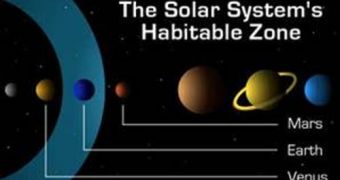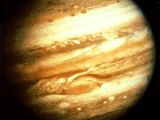In their search for habitable worlds, astronomers felt the need to have a clear delimitation among the various classes of planets, but one that was much smaller-scaled than divided them according to what they were made of or according to their size. Thus, the new model was born, which catalogued only those celestial bodies that could house some kind of life.
The new classification belongs to Jan Hendrik Bredehöft, from the Open University in the United Kingdom. He splits potential life-sustaining planets into four groups, namely the Earth-like, Mars-Like, Europa-like, and the water-worlds. "I'm one of those guys who takes a piece of meteorite, grinds it up, and finds out what the organic chemistry is in there," he says.
Earth-like planets can sustain complex life, because they have a stable climate, sufficient water, moderate temperatures, and a breathable atmosphere. Organisms can evolve on these celestial bodies in their waters, on the ground, and in the air, and the potential for intelligent life forms is very high.
The concept of Mars-like planets refers to the bodies that resemble, you guessed, Mars and Venus, and designates those that, for one reason or another, have exited the optimum habitable zones in their solar systems. "Mars became too dry, there's very little water left, at least not liquid water. Venus became just so enormously hot due to the greenhouse effect," Bredehöft adds.
The third class of worlds refers to planets that have waters under their crusts, but which are too far away from their suns for the temperature to be high enough to sustain such liquid on their surface. Jupiter's moon Europe is a good example, as is Saturn's Enceladus.
The fourth class of planets refers to those completely covered in water, or even made up of the stuff. They could have an icy core, on which such a liquid resides, or they could have a hard one, in which case the water would be separated from the rocks beneath it by high-pressured ice. These celestial bodies would not allow for debris to accumulate by clinging to the rocks below, and thus continents would be impossible. The possibility of complex life on these planets is minimal.
"We don't know whether the level of complexity or the size of organisms living on Earth is essentially a logical outcome of evolution or whether it is just some fluke experienced here. Is having talking intelligent beings on the surface of the planet the pinnacle of evolution? We just assume so because we like to see ourselves as something special," the scientist concludes.

 14 DAY TRIAL //
14 DAY TRIAL // 
